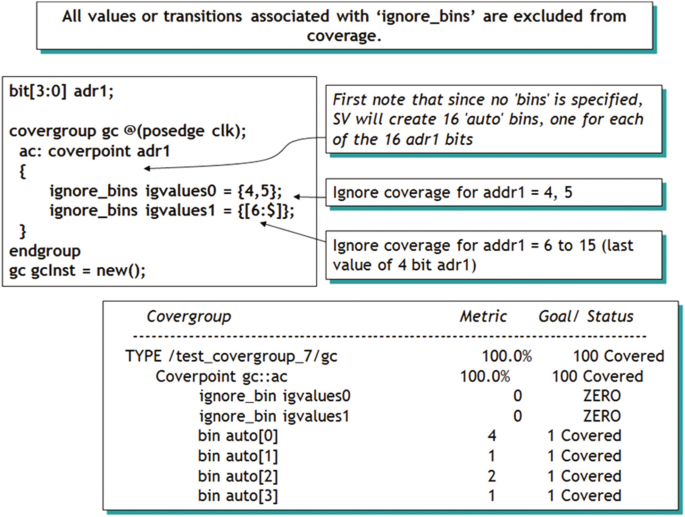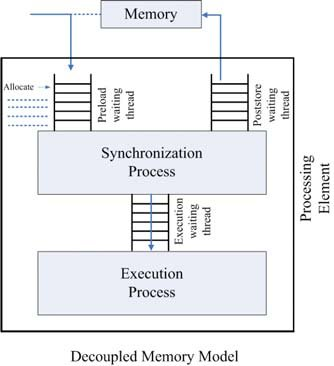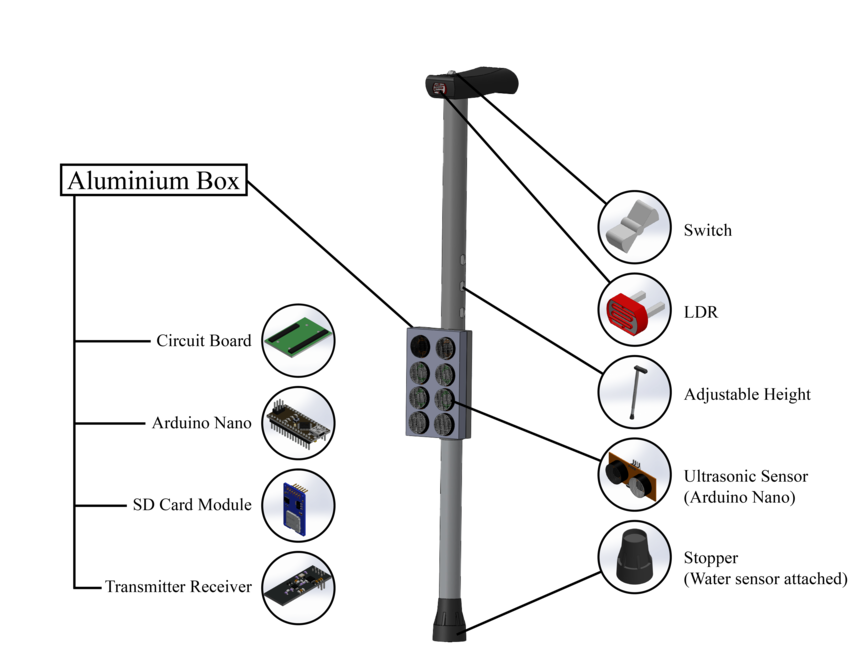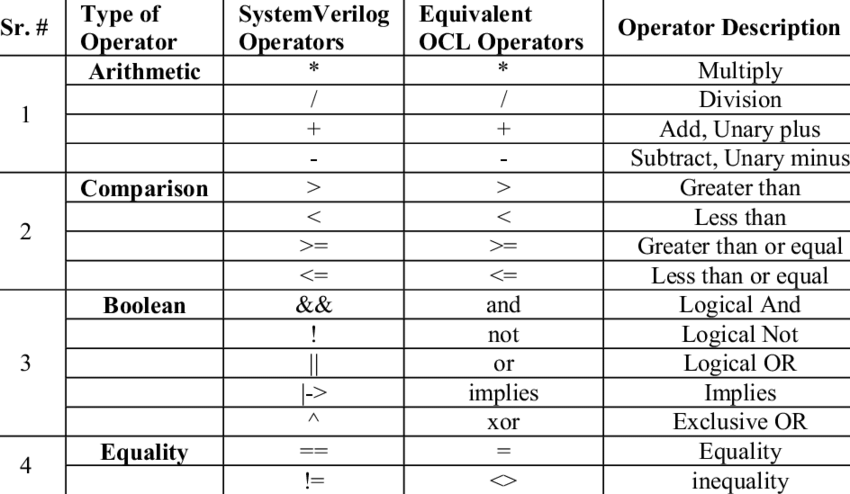Storage media in modern storage systems are evolving towards higher capacity, better performance, lower power consumption, and technology convergence. Emerging media, such as Ferroelectric RAM (FeRAM), Resistive RAM (ReRAM), Magnetoresistive RAM (MRAM), and Phase-Change Memory (PCM), are continuously developing. They have shown promising application prospects in specific fields and are expected to achieve greater breakthroughs, securing a more significant position in the storage market.
Hard Disk Drives (HDDs)
A hard disk drive primarily consists of platters, read/write heads, a motor, and control circuitry. HDDs offer large capacities at a relatively low price, making them suitable for scenarios that require massive storage but do not have extremely high read/write speed requirements, such as storing large volumes of historical data in data warehouses.
However, their read/write speeds are relatively slow due to mechanical components, which introduce delays like seek time. They also have poor shock resistance and are susceptible to damage from vibrations, which can harm the read/write heads or scratch the platters, leading to data loss.
Solid-State Drives (SSDs)
SSDs use flash memory chips to store data. They feature very high read/write speeds, significantly improving system boot times and software loading speeds. With no mechanical parts, they are highly shock-resistant, operate silently, and consume relatively low power. This makes them ideal for use as system drives and for installing applications that demand high I/O performance.
However, their price per unit of capacity is higher than that of HDDs. Additionally, as usage and write cycles increase, the flash memory chips can experience wear and performance degradation. Nevertheless, current technologies are continuously improving to mitigate these issues.
Emerging Storage Media Technologies
Memristors: These devices have variable resistance and can "remember" the amount of current that has passed through them. They hold the potential for high-speed, high-density, non-volatile data storage and may be used in future high-performance storage devices.
3D XPoint: This technology offers faster read/write speeds and better endurance than traditional NAND flash. It combines the high speed of memory with the non-volatility of storage. Currently, its cost is high, and its applications are still expanding. For example, Intel has released storage products based on this technology to explore its use in data centers and other fields.
These different storage media technologies each have their own advantages and disadvantages. In modern storage systems, the choice of technology is typically based on a combination of factors, including the specific application scenario, cost, and performance requirements.
 ALLPCB
ALLPCB







